The beauty marketing industry is a great one to study because it’s so dynamic and varied. Because the industry is diverse, the marketing techniques are diverse too.
For example, an international brand will use tone of voice differently to an indie brand. A brand that’s concerned with sustainability will market itself differently to a brand that’s concerned with wellbeing.
In our 2019 blog, we explored the key trends happening in the beauty industry. Today, we look at how these trends have evolved in 2020. We’ll look at some of the best marketing campaigns from across the beauty marketing industry and explain how they’re following the latest consumer trends.
From the way that beauty brands reach their target market to the way that they use the latest technologies, rapid changes are afoot in the beauty marketing industry.
By understanding the most successful beauty marketing strategies in 2020, you can discover, and capitalise upon, these trends and take your own brand to the heady heights of success.
Tap Into Consumer Motivation: Think Holistically
As the world becomes increasingly conflicted, consumers are starting to think about the role they’ve (we’ve) played in the problems.
According to Mintel’s latest research into consumer trends, “Global Consumer Trends 2030“, consumers are adopting a holistic approach to their wellbeing.
Instead of people being fixated on the idea of “How does this help me?”, consumers are looking beyond themselves. They are starting to ask, “How does my use of this product impact me but also the wider world?”
Let’s look at some examples of how this works in practice from a marketing perspective:
Transparency: People Want to Know Where Their Products Come From
We can see this trend personified by Lush Cosmetics. They have long since been leaders in the ethical sourcing of ingredients for their beauty products. They understand that their customers want to know exactly what’s in their beauty products and Lush makes this abundantly clear throughout their branding and advertising.
Take a look at this banner from their website:

The aim is to give as much information about the background of their products as possible. Therefore, we know the ingredients are vegetarian (i.e. there’s no animal testing, emphasised twice), are ethically sourced, and are fresh.
In this way, it’s a holistic approach because it focuses on the effects of consumption on the rest of the world and not just the effects of the product on the consumer.
Lush has been doing this for years, though. Fortunately, the rest of the beauty industry is catching up on their avant-garde approach to cosmetics.
Life-Enhancing Products: Superficiality No Longer Appeals
The beauty marketing industry is no longer just about making us look outwardly pretty/handsome/healthy. It’s also about enhancing the rest of our life, whether that’s through improving our mental health, helping us to live an authentic life, or something else.
In other words, we want beautiful faces and bodies but also beautiful lives too.
Revlon’s #liveboldly campaign encompasses this trend perfectly. Take a look at the following video and note how it talks about life’s bigger issues: time, truth, learning, acceptance, inspiration, leadership. And all of that within such a short video.
This approach is holistic because it’s not focusing solely on appearance. Instead, it looks at how your beauty shines through the different areas of your life, including your mental health and your attitude.
It’s about considering the longer-term impacts of wellness. People don’t want quick fixes anymore. Rather, they want wellness solutions that can sustain them throughout life.
Environmental Awareness: People Want Sustainable Products
Historically, the beauty industry doesn’t have the best record when it comes to caring about the environment. Most of you know that animal testing was ubiquitous (and that some brands continue to test) and that few brands cared about the environment (again, still true of some brands today).
However, as consumers become more aware of these issues, we began to demand sustainable manufacturing processes. Consequently, brands want to show their customers that they care about the environment.
We can see this above with Lush’s emphasis on “Naked Packaging”, which includes products such as “Naked Shower Gel”:
These innovative products perfectly encapsulate the move toward sustainability.
And Lush is far from alone. Look at these examples of this type of marketing from some of the world’s biggest beauty brands:
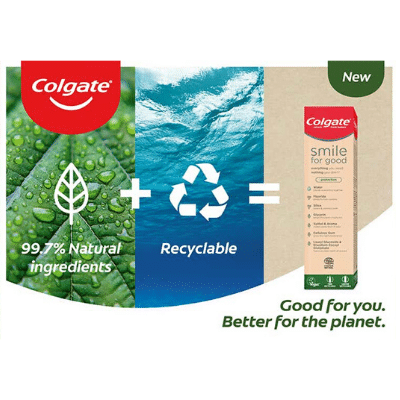
I think it’s interesting to note the tagline, “Good for you. Better for the planet.”. This serves to highlight the importance of the holistic approach – it’s becoming increasingly important to care more about the planet than to care about the individual. Is this the start of a more general move away from individualism towards collectivism? Time will tell.

Beauty Marketing: The Plurality of Individualisation
OK, so above, I talked about a move away from individualism toward collectivism, and then in the next section mention individualisation. How does this work?
Well, in the past, individuality tended to have a superficial undertone – it was effectively about making specific demographics feel special. This wasn’t necessarily intentional, but by overlooking the diverse nature of people, “individuality” was much more exclusive than the term suggests.
With the plurality of individualisation, we can see the beauty marketing industry embracing the idea that there are many different types of individual. We have seen brands becoming more aware of these differences and, consequently, catering to many more groups on an individual basis when creating their digital campaigns.
Technology Tailored to the Individual
According to Euromonitor’s, “World Market for Beauty and Personal Care“, we are beginning to see the emergence of personalised technologies to help consumers reach their beauty goals. From AI chatbots and voice commerce to biohacking and diagnostics apps, today’s consumers are using technology to optimise their wellbeing.
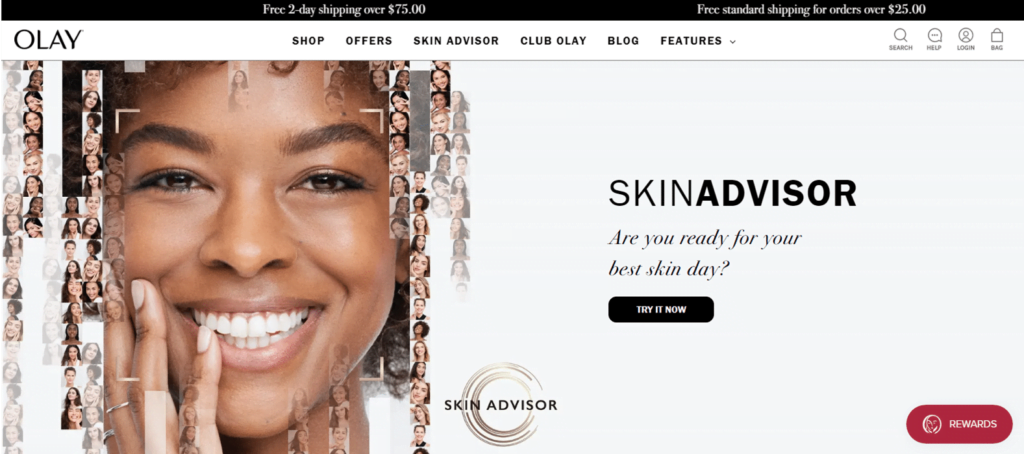
The Microbiome Comes to the Forefront
“Microbiome” is one of this year’s key buzzwords in the beauty marketing industry. According to Google, the search volumes for “microbiome” increased by more than 100% in 2019.
Mintel says that it is one of the biggest driving forces in the UK facial skincare industry at present.
But what is it?
“Microbiome” simply refers to the bacteria that live on your face.
Yes, some people will freak out about that, but just as we now widely recognise the importance of probiotics for gut health, we are coming to recognise the importance of the bacteria on our skin.
Claims coming out of the beauty industry include how balancing the bacteria on our skin will help tackle issues such as ageing and acne.
Big brands, like Johnson & Johnson, are getting in on the action by searching for innovative ways to individualise skincare routines to the bacteria on a person’s face.
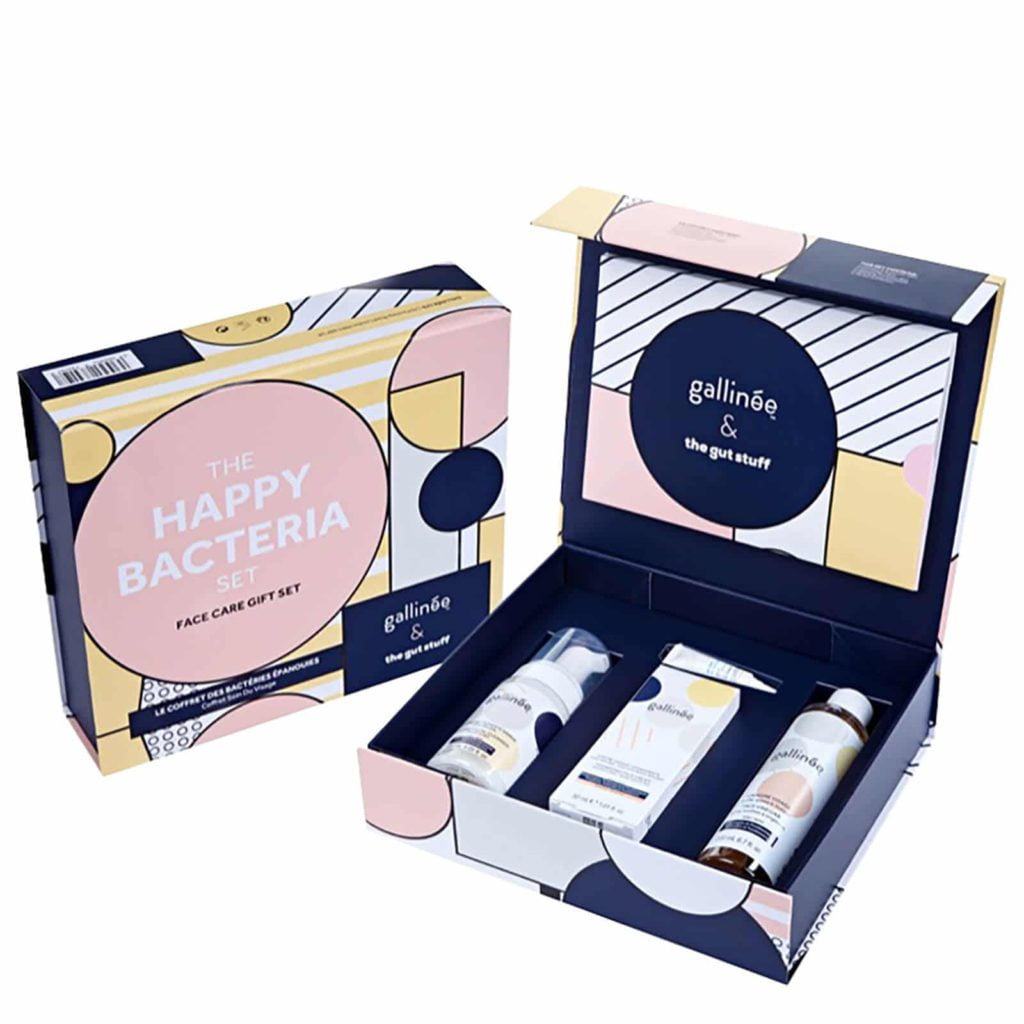
Of course, this research is in its infancy, and so you must exercise caution when making claims about the effects of your products on the microbiome. There has been some controversy with the marketing behind probiotic supplements/foods in recent years with their claims come under fire.
Normalising Men’s Beauty and Wellbeing
Another trend highlighted by Euromonitor’s “World Market for Beauty and Personal Care“, is the normalisation of male-centred beauty. According to them, the role of the male in society has changed, and with it, the stigma about male grooming is falling away.
Now, brands can focus on the functions and benefits of a product (which is what they do with female beauty products) rather than pushing a hard sell. This trend is stimulating market growth and, therefore, we are seeing greater marketing of beauty products to men.
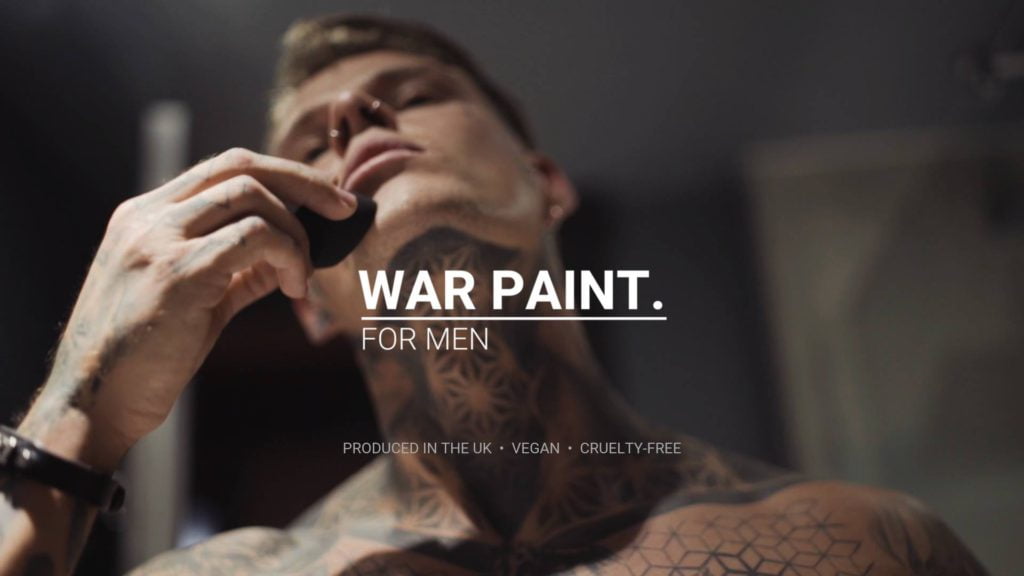
Recognising the Multitude of Differences Between Us
This might sound counter-intuitive, but part of being a strong community is recognising how diverse we all are. As we start to care more about each other, and less about ourselves, the individual comes to the forefront in a more precise way.
The beauty marketing industry is desperate to show that it understands the range of differences out there. Two topics highlight this trend:
1: Skin Tone
There are as many skin tones as there are people, and many beauty brands are now marketing their products to encompass as many people as possible.
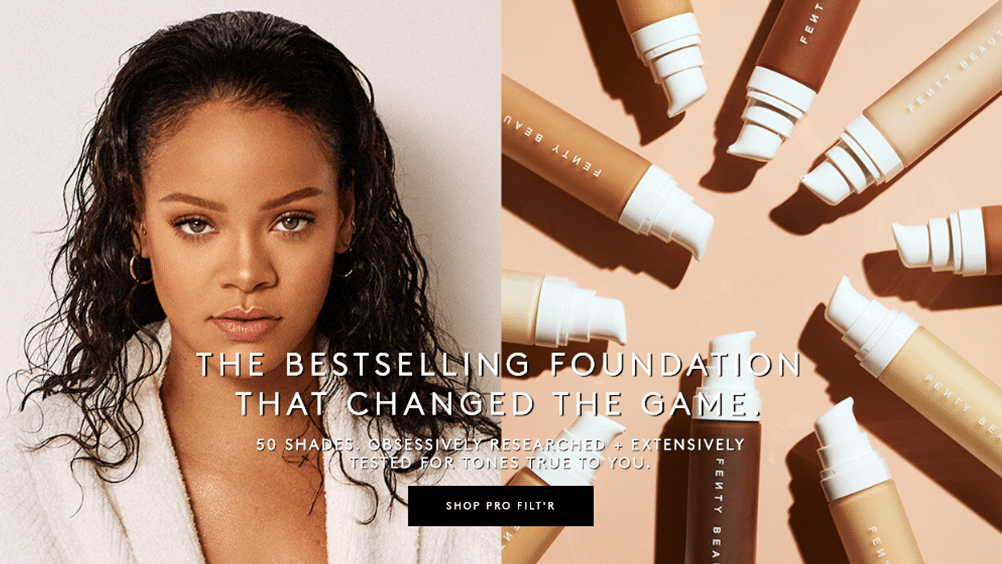
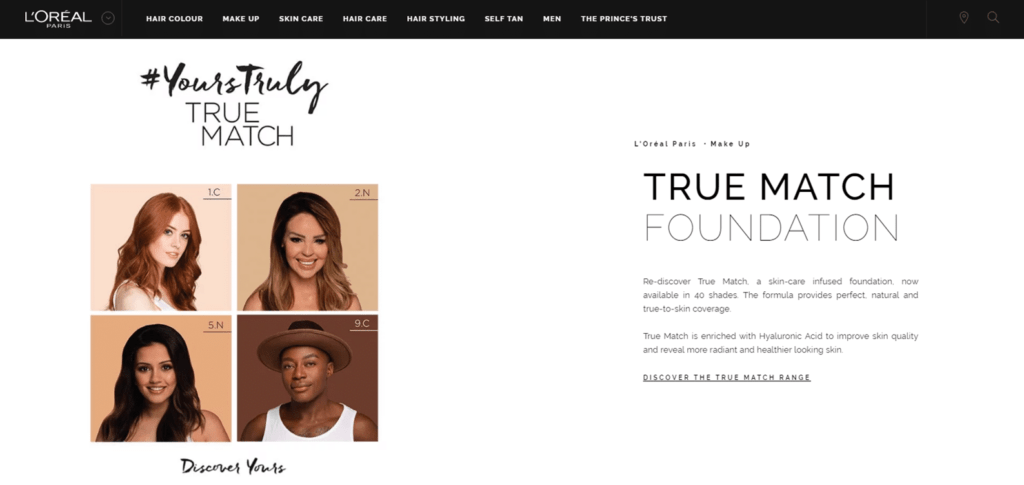
2: Age
There’s always been a market for beauty products targeted at an older demographic, but so far, it’s been focused on turning back the clock (i.e. anti-ageing).
But now, beauty marketers are looking to embrace beauty in all its guises. And, rather than trying to turn back the clock, are looking to celebrate old age.
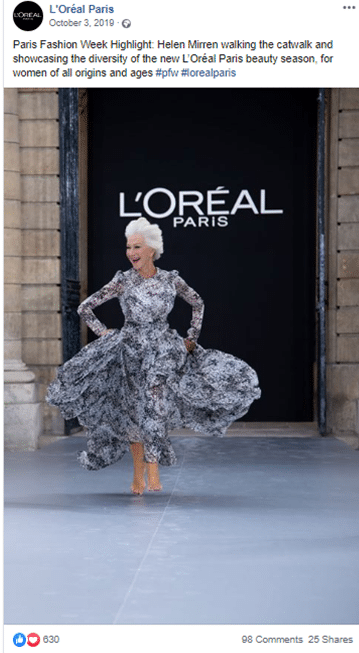
Take Away
On the surface, the trends within the beauty marketing industry may seem conflicting. We need to focus on our relationships with the rest of the world – no man (or brand) is an island – but at the same time, we focus on the differences between people and making sure that we create an individualised experience.
Focus your marketing efforts on the needs of the individual whilst being mindful of the bigger picture.
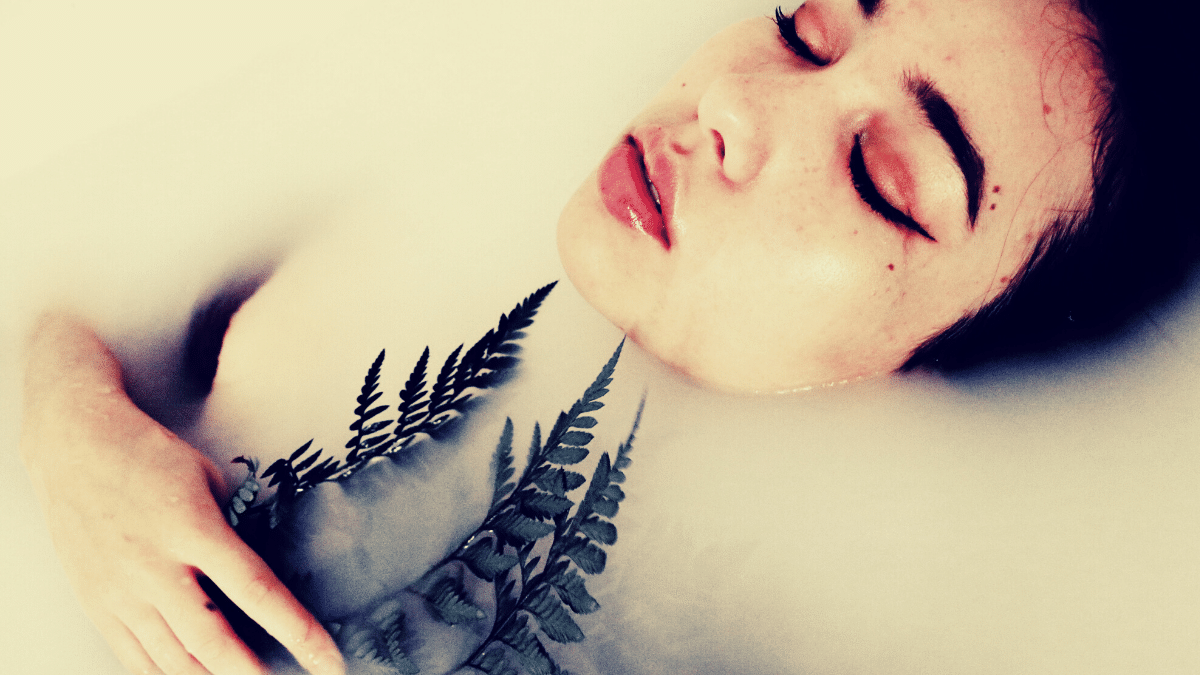
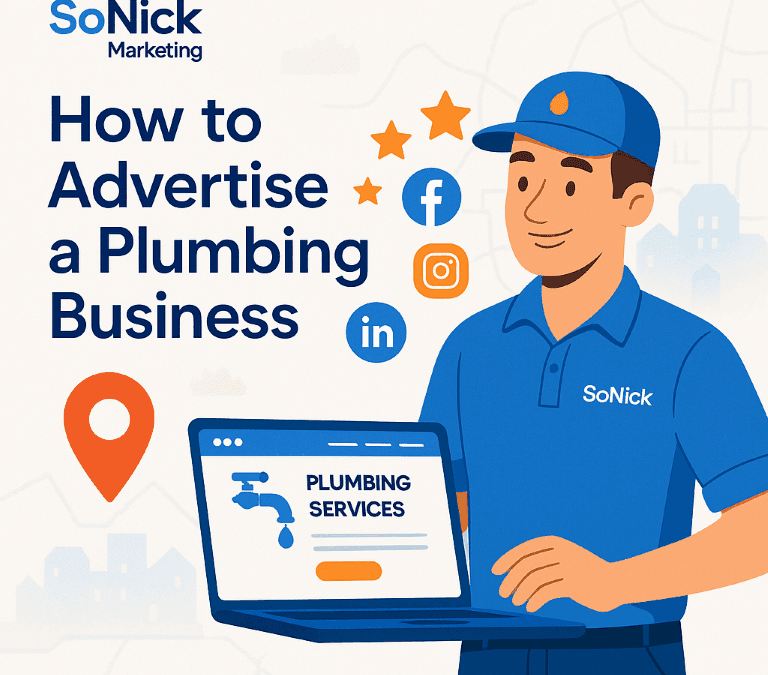
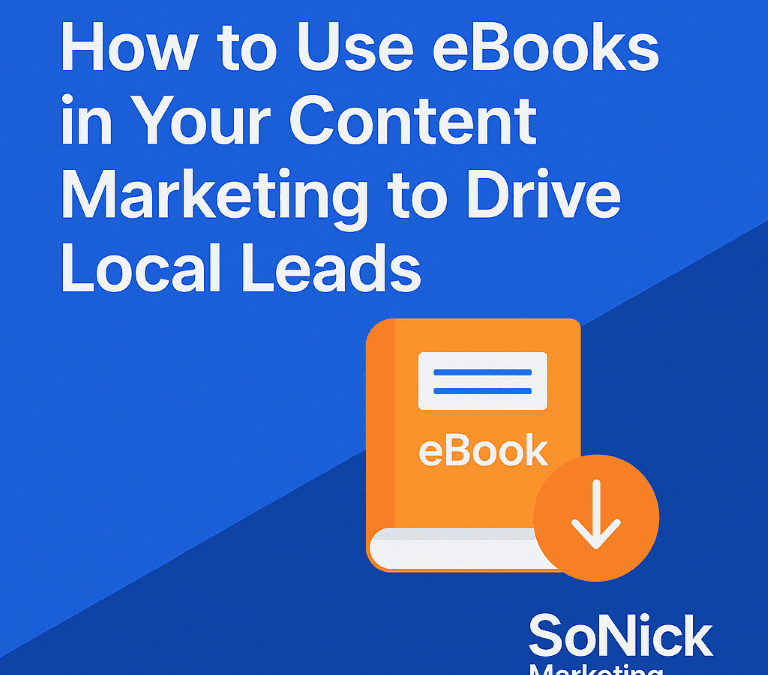
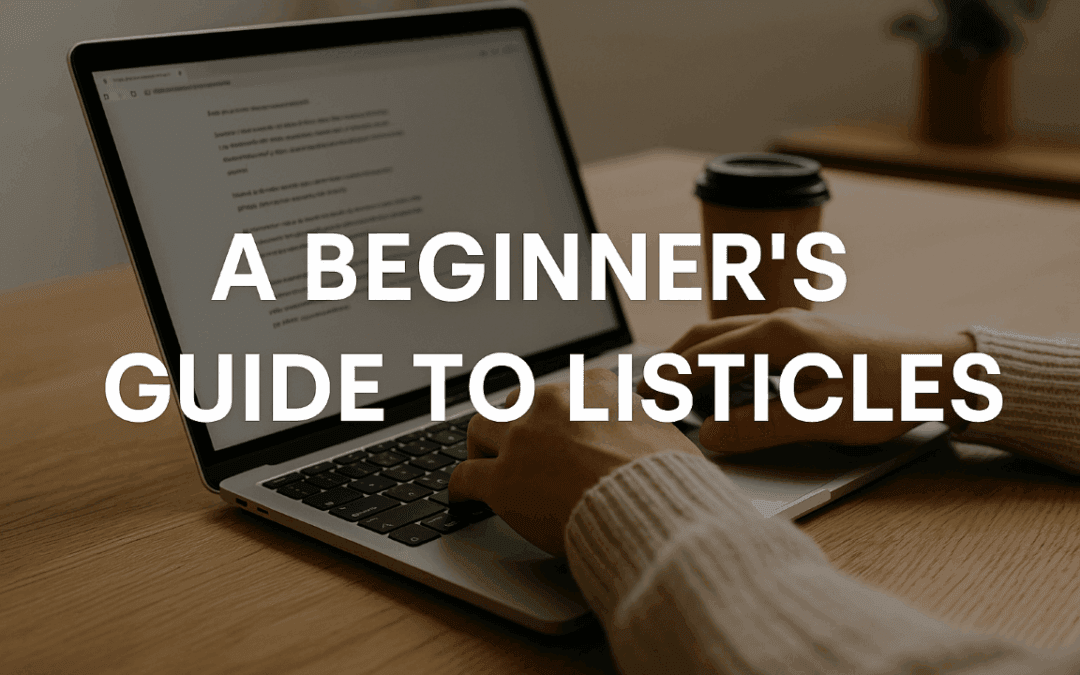
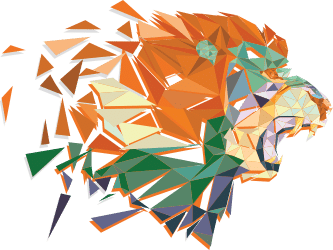
0 Comments